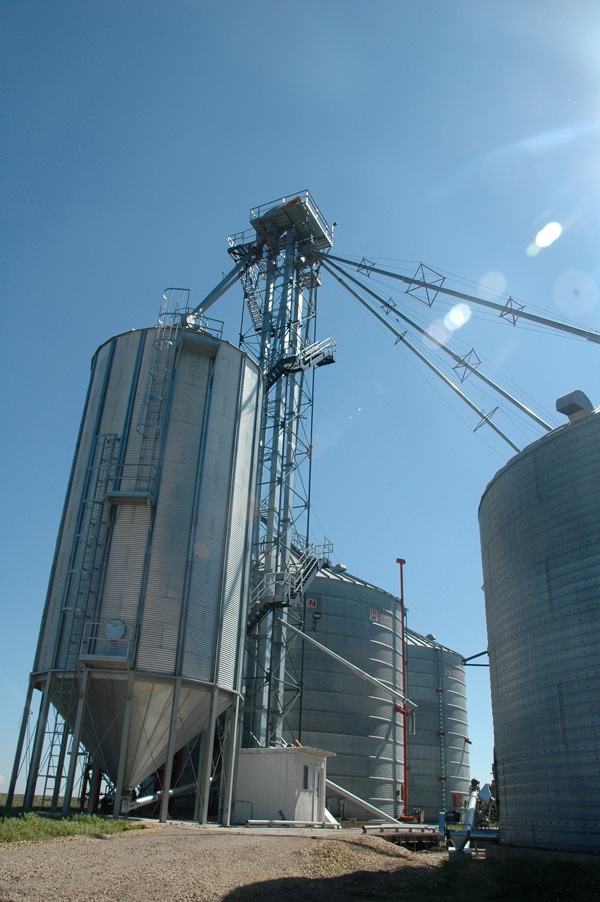
Think DifferentAsk yourself these energy-savvy questions:Have you analyzed diesel fuel use per row-crop acre?How much of your energy use adds profit?How much propane do you use to dry 1,000 bushels?What percent of a bushel did you lose in moisture discount?Yes, fuel prices are down. But you can save more by making energy-wise decisions, based on this on-farm research in multiple Iowa locations.
March 30, 2015

Save $5,700 to $11,100 annually by combining these fuel-saving ideas from Mark Hanna, Iowa State University (ISU) ag and biosystems engineer:
Eliminate one primary tillage pass or two secondary tillage passes to potentially save $2,600 to $5,300 annually (at 1.5 gallon per acre fuel savings and a 1,000-acre farm, based on ISU research. These estimates are conservative, given that they reflect a $3.50 per gallon diesel price).
Some of the best fuel savings come from shallower tillage, with no yield cost. Tilling 18 inches deep compared to 9 inches deep in continuous corn almost doubled fuel use, with no yield difference.
Shifting to a higher gear while maintaining road travel speed saves you 18% to 34% in fuel, or $1,050 to $2,500 per year on a 1,000-acre farm. “Running at 2,100 rpm for reserve power wastes quite a bit of fuel,” Hanna says.
Shifting up to reduce engine rpms during fieldwork saves from 18% to 32% in fuel while field cultivating, strip-tilling and stalk-chopping, yet with no impact on the soil.
Decreasing disking depth from 5 inches to 3 inches saves 6% to 7% in fuel.
Selecting a fuel-efficient tractor can save $1,000 annually in operating costs. Tractor fuel-use estimates are available at bit.ly/tractortestsISU (pdf).
Proper tire inflation and optimal ballasting is worth $500 to $1,800 annually in fuel savings.
Tillage depth cuts fuel economy much more than does field speed.
Grain-drying tips
Finish drying the last 1% to 1.5% points of grain moisture without heated air if possible. This translates to $7,900 annual propane savings on a 1,000-acre farm with $2 LP gas.
Each 1% of grain moisture costs 0.015 to 0.02 gallons of LP gas per bushel of corn to dry.
Operate the grain dryer on fan-only until grain moisture content drops to 17% to 19%; then turn on the burner.
Consider selecting an early-season corn hybrid suited to your area. In years when corn needs to be dried, it will usually be 2% to 2.5% lower in grain moisture. Consider yield effects, but don’t assume yield is always greater with full-season hybrids. In 2009–10, yield averages of early-season hybrids were higher in four of six test regions in Iowa Crop Improvement Association tests. (Hybrids were chosen specifically for each location.)
Calibrate your moisture meter and grain dryer to avoid ¾ point overdrying. This will potentially save $4,700 annually on a 1,000-acre operation.
Resources
Watch the video “Tips for saving fuel, energy on the farm,” featuring Mark Hanna. More of his team’s energy-saving ideas and case studies, plus an energy log, are at http://farmenergy.exnet.iastate.edu or at Twitter, @ISU_Farm_Energy.
About the Author(s)
You May Also Like



